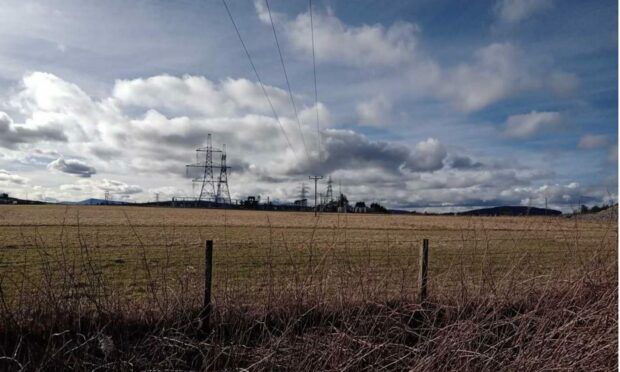A fire risk over electrical infrastructure at Keith is causing concern.
Issues were raised at a meeting of Moray Council planning and regulatory services committee on Tuesday.
Planning permission was given for the battery energy storage system next to an electricity substation at Westerton Road, Keith.
While the risk of a fire is considered to be low, the potential impact of a major incident at the town worried one member in particular.
While not against the proposal, councillor Marc Macrae raised concerns over fire risk with lithium batteries
He told the meeting heat from a failed single cell the size of an AA battery, could trigger a thermal runaway that would be difficult to stop.
Mr Macrae said: “We see time and time again – I appreciate technology advances – incidents with lithium type storage where fires can occur.”
He added he had asked the Scottish Fire and Rescue Service what would be needed to extinguish an electric car fire.
‘Staggering figures’
Mr Macrae said: “Currently it would take 150,000 litres of water to put one Tesla car out.
“One fire appliance currently used by the fire and rescue service carries 1,200 litres of water.
“That’s 125 appliances to put out one car.”
(Fact check: we found the 150,000-litre figure cited in a US specialist article. There are stories that cite less water.)
He added the steel material containing the batteries melts at 425 degrees Celsius and a lithium fire burns at 2,000 degrees Celsius.
Mr Macrae said: “These are quite staggering figures. The intensification of factory storage facilities in Keith does alarm me.
‘Let it burn itself out’
“I asked Police Scotland what they would do in such a circumstance.
“They said they’d put a cordon around Keith and let it burn itself out.”
Senior planning officer Lisa MacDonald said the issues had been acknowledged and the applicant had listed their mitigations in relation to fire risk in their report.
The application put forward by Keith Renewables Limited is considered to be a major development.
Keith is also home of the Blackhillock substation – the largest in the UK and one of the biggest in Europe.
It takes energy generated by off shore wind farms in the North Sea and transfers it to the national grid.


Conversation